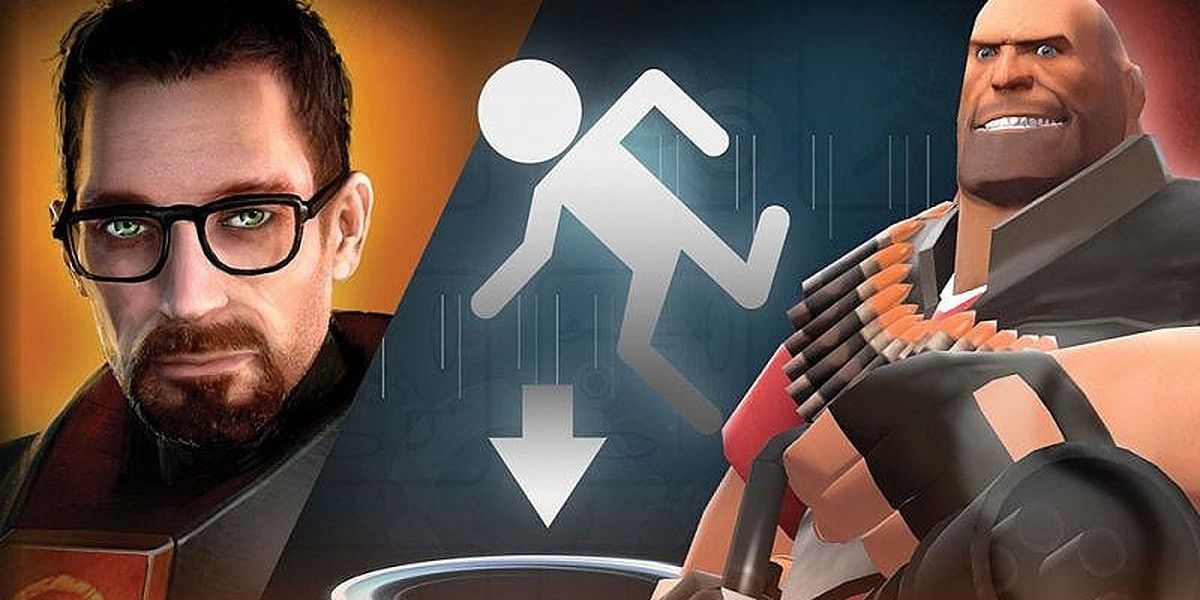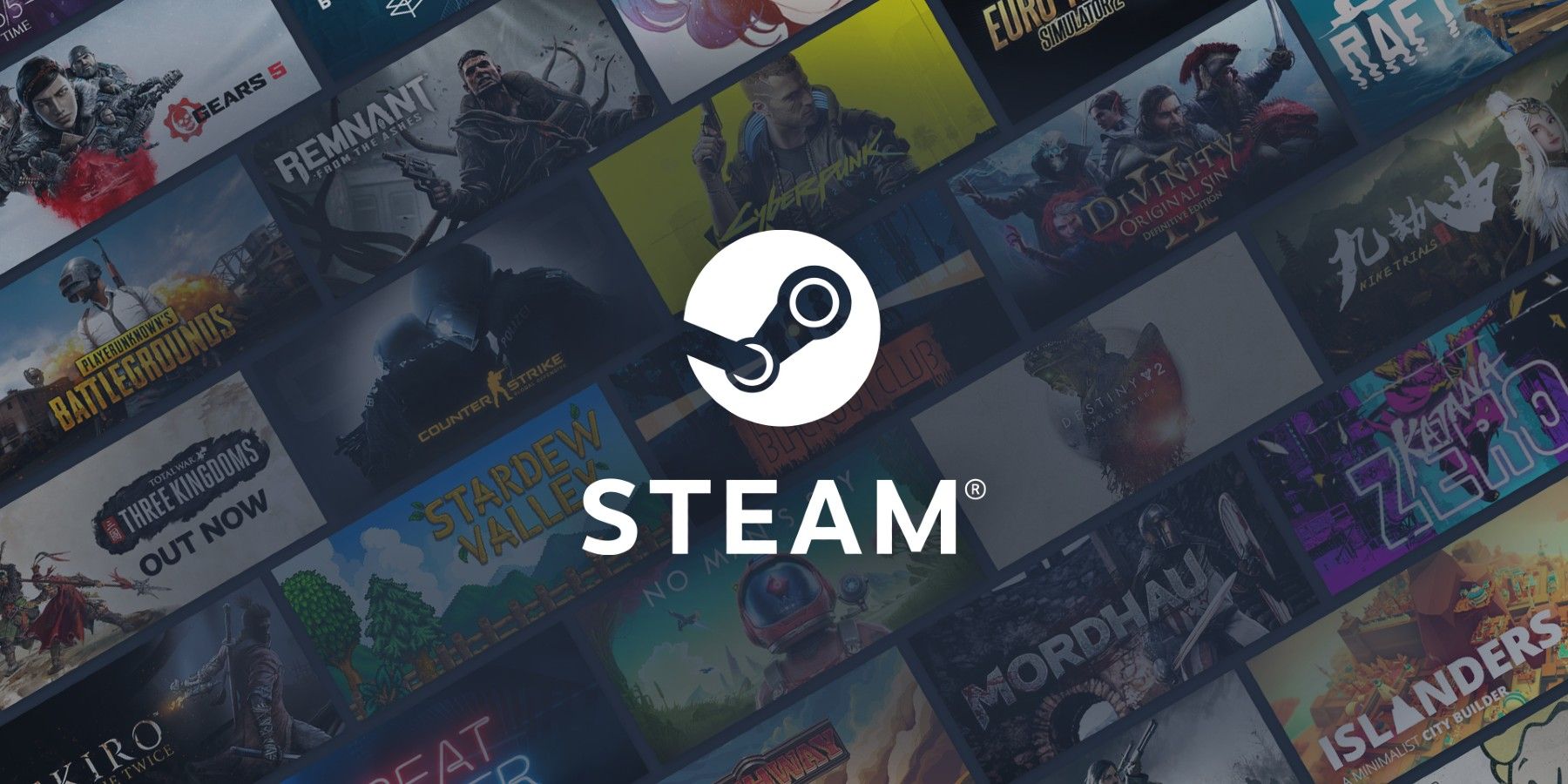Valve has earned itself a reputation as one of the most revolutionary and trailblazing development studios in the gaming industry. Over its nearly 24-year lifespan, the company has produced some of the most genre-defining titles in gaming, across an impressive array of genres.
However, the reputational and financial success that Valve enjoys to this day acts as a double-edged sword. With the lucrative system that the company has had in place for some time now thanks to the Steam marketplace, contemporary Valve titles are few and far between.
How Valve Became a Success
Valve's rise to the forefront of the saturated world of game development was not meteoric, but the fruit of consistent and high-quality output over the course of decades. A few years after it was founded by ex-Microsoft employees Gabe Newell and Mike Harrington, Valve released Half-Life: a first-person shooter widely regarded as one of the most revolutionary titles of all time. The company identified and acquired popular mods to develop into standalone releases. For example, during this time Valve acquired the developers of both Team Fortress and Counter-Strike, two games that would go on to also be wildly successful under Valve.
With the advent of Valve's versatile Source game engine, Half-Life 2 was released in 2004, reaching levels of critical success that exceeded its predecessor. In order to play the title on PC, players had to download Valve's own delivery platform called Steam, which launched in 2002. Steam began as a digital launcher solely for Valve titles, but quickly started hosting third-party titles as well. As a result, Valve's scope of operation expanded exponentially.
Valve released well-received episodic sequels to Half-Life 2, with Episode One and Episode Two releasing in 2006 and 2007, respectively. In what was arguably the golden year for Valve, both Portal and Team Fortress 2 also released alongside Half-Life 2: Episode Two in 2007. Valve then went on to published Left 4 Dead and Left 4 Dead 2 in 2008 and 2009. With these games each excelling as first-person shooters, arena shooters, puzzle platformers, and co-op survival experiences, the versatility that Valve possessed was impressive.
The popular Counter-Strike: Source received its next iteration in 2012 with Counter-Strike: Global Offensive. A more tactical and serious arena shooter, Global Offensive would go on to be one of the originators for microtransaction games, offering players the chance to unlock rare skins that could be sold for real money on the Steam marketplace. With individual players spending thousands in CS:GO for these skins, as well as the equally commanding in-game economies of titles such as Team Fortress 2, Valve took on a new frontier of video game revenue.
To compound this success, the Steam platform rapidly rose to become the number one storefront for games on PC. With the platform commanding up to 70 percent of total PC game downloads in 2011, Valve had stumbled upon an untapped goldmine that would lead to a complete shift in values and output. Steam alone generated $4.3 billion for Valve in 2017, so the necessity for Valve to continue producing games at the same pace disappeared.
How Valve Operates Today
After the success of the Steam platform, people need only look to what titles Valve has released post-2012 to see its changing values. While 2013's DOTA 2 proved to be a popular foray by Valve into the MOBA genre, it is considered by many to mark the end of Valve's focus on producing/developing games.
Valve is now more centered around compounding the market share of Steam, and it is attempting to do so in a variety of ways. For example, Valve recently launched the Steam Deck console. The handheld Steam Deck was developed to revolutionize PC gaming by making it significantly more mobile, giving players the ability to play their library of Steam games on the go. With the revenue that Steam produces for Valve, it is clear to see why developing new games has fallen to the wayside as a priority.
While Valve cannot be blamed for this shift in core values, it is a shame to see such a promising catalog of titles remain in a state of perpetual limbo. With hopeful fans of a potential Half-Life 3 being teased consistently for over a decade, the profit margins that Valve already has in place can help even the most optimistic fans rationalize the absence of new Valve titles.



